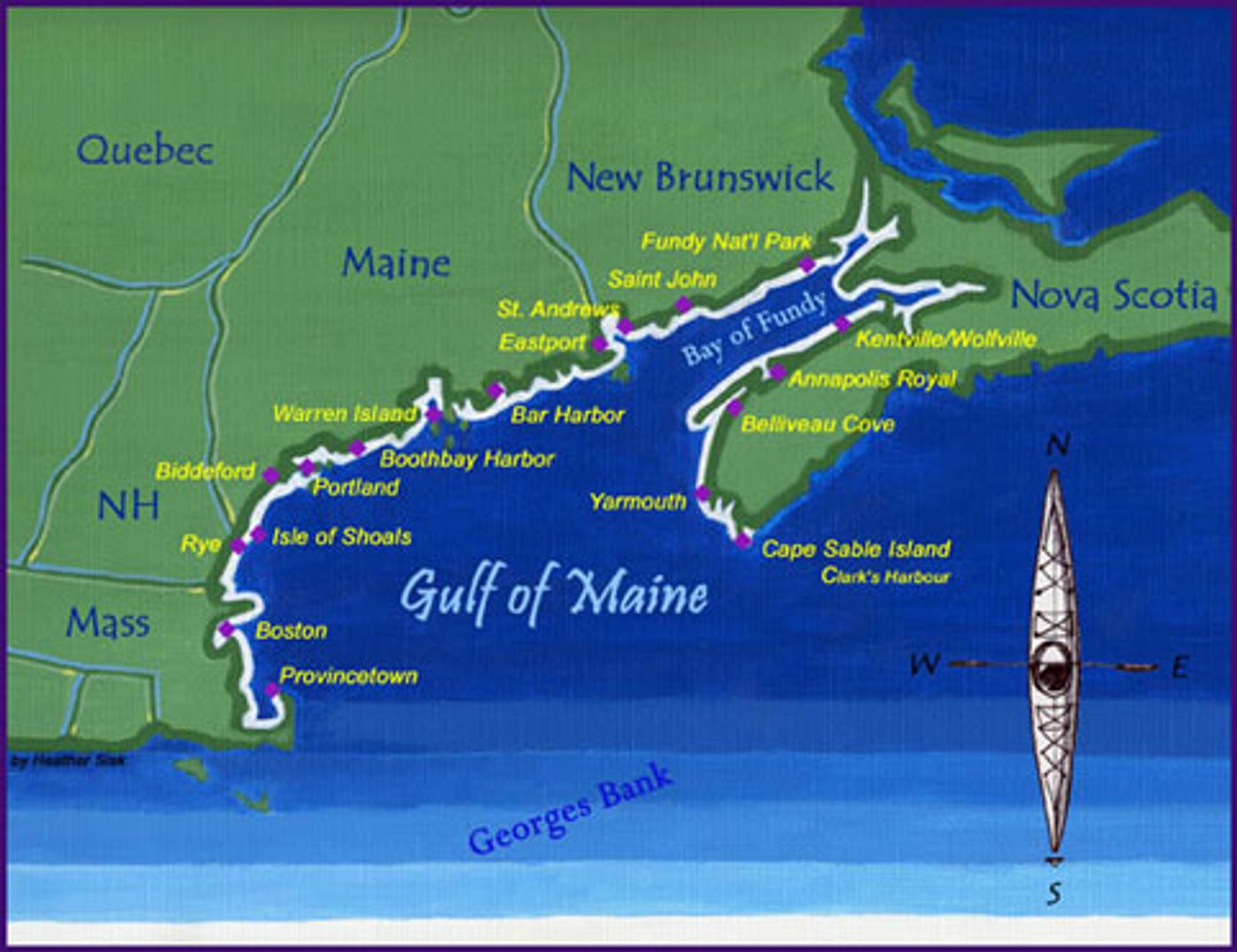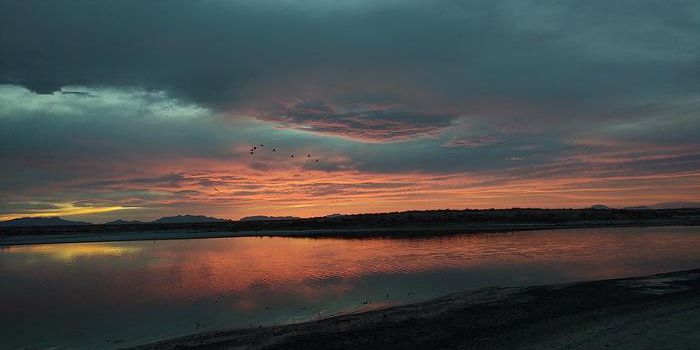Ocean temperatures rising three times faster in the Gulf of Maine
Ocean temperatures are rising at alarming levels in the Gulf of Maine, which sits just north of Rhode Island. Studies from NOAA suggest that temperatures in this shelf are rising up to three times faster than in the rest of the ocean. This is greatly impacting the species composition of marine ecosystems and has resulted in a collapse in local fisheries.
"Several processes contributed to the rapid warming off the coast of New England including natural and manmade changes in the ocean and atmosphere," said Michael Alexander, a research meteorologist at the NOAA Earth System Research Laboratory (ESRL) and co-author of the study.
The warming is due to decadal climate oscillations in the Atlantic and the Pacific and a northward shift in the Gulf Stream, which brings warmer waters into the region, according to Alexander and his co-authors. These factors create a positive feedback loop that accelerates the effects of climate change.
Scientists think that preexisting climate change projections were based on warming scenarios from coarse resolution models, meaning that their projections may not be accurate. One model calculated by NOAA GFDL’s CM2.6, anticipates that a rise of temperature of 3 to 4 degrees C (as much as 5.4 to 7.2 degrees F), will likely cause more extreme effects on the ecosystem than originally thought. These projections show that ocean temperature in the U.S. Northeast Shelf is predicted to warm twice as fast as previously projected and almost three times faster than the global average.
One study, which was published in the Journal of Geophysical Research – Oceans, looked at data from four global climate models of varying ocean and atmospheric resolution. “We looked at four GFDL models and compared their output to ocean observations in the region. The highest resolution GFDL model, CM2.6, matched the Northwest Atlantic circulation and water mass distribution most accurately,” said Vincent Saba, a NOAA fisheries scientist and lead author of the study. “Prior climate change projections for the region may be far too conservative.”
The effects of such warming were first evident in 2012 when an ocean heat wave caused a collapse of clam populations and Maine lobster prices, and warm-water species such as squid and blue crabs flooded into the gulf. Since then the fisheries industries have put strict regulations on many species, including cod.
These ecosystem shifts resulted because warmer waters earlier in the season spurred reproductive changes, causing early births and thus impacting other species that themselves may not have been impacted by the warm waters. Lobstermen reported that lobsters were six weeks ahead of their natural timeline (causing the crash in prices); a sudden rise in green crab population (a species which likes warm water) led to the depletion of clams; on Eastern Egg Rock, young puffins starved because of the lack of appropriate food; and off Grand Manan Island, northern right whales lacked sufficient copepod swarms.
Climate Central reports that warming is not the only factor threatening marine ecosystems. There is evidence that a giant ocean conveyor belt known as the Atlantic Meridional Overturning Circulation, or AMOC, is weakening and pushing warm tropical and cool Arctic north of the entrance of the Gulf of Maine. This, too, could change population dynamics, bringing warmer water species into the once cool-species dominated region.
Sources: NOAA (1) (2), Climate Central, Press Herald



















































